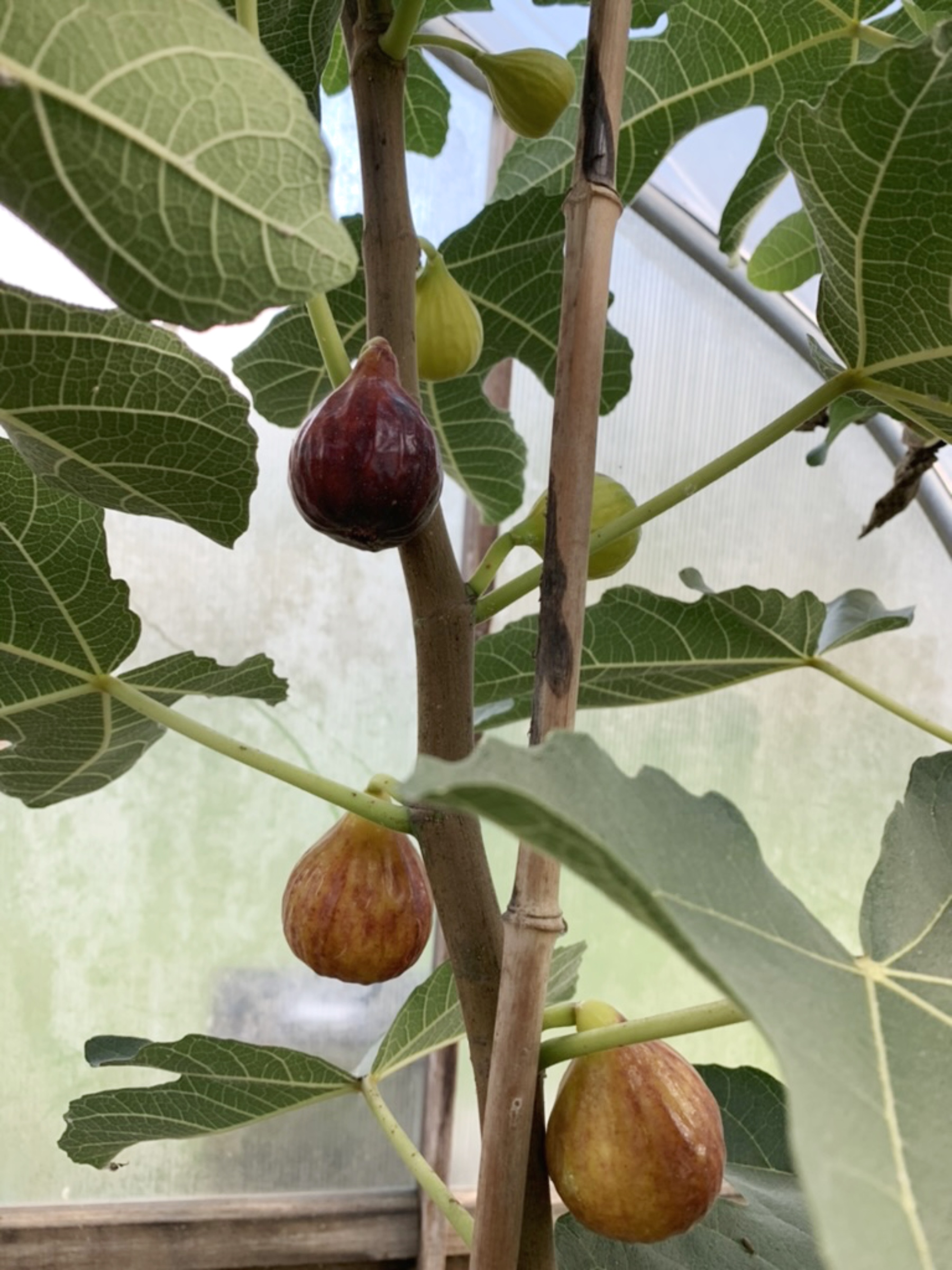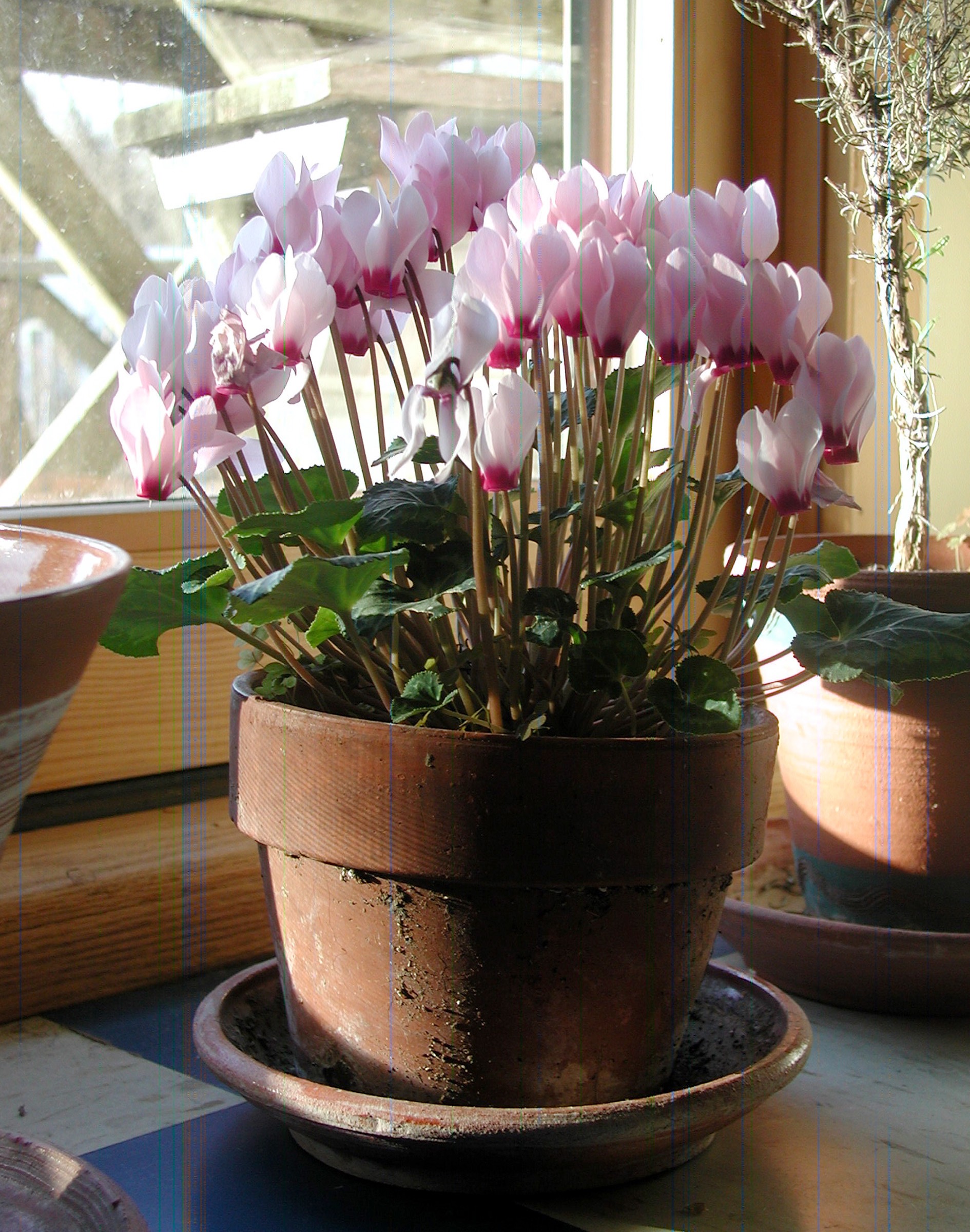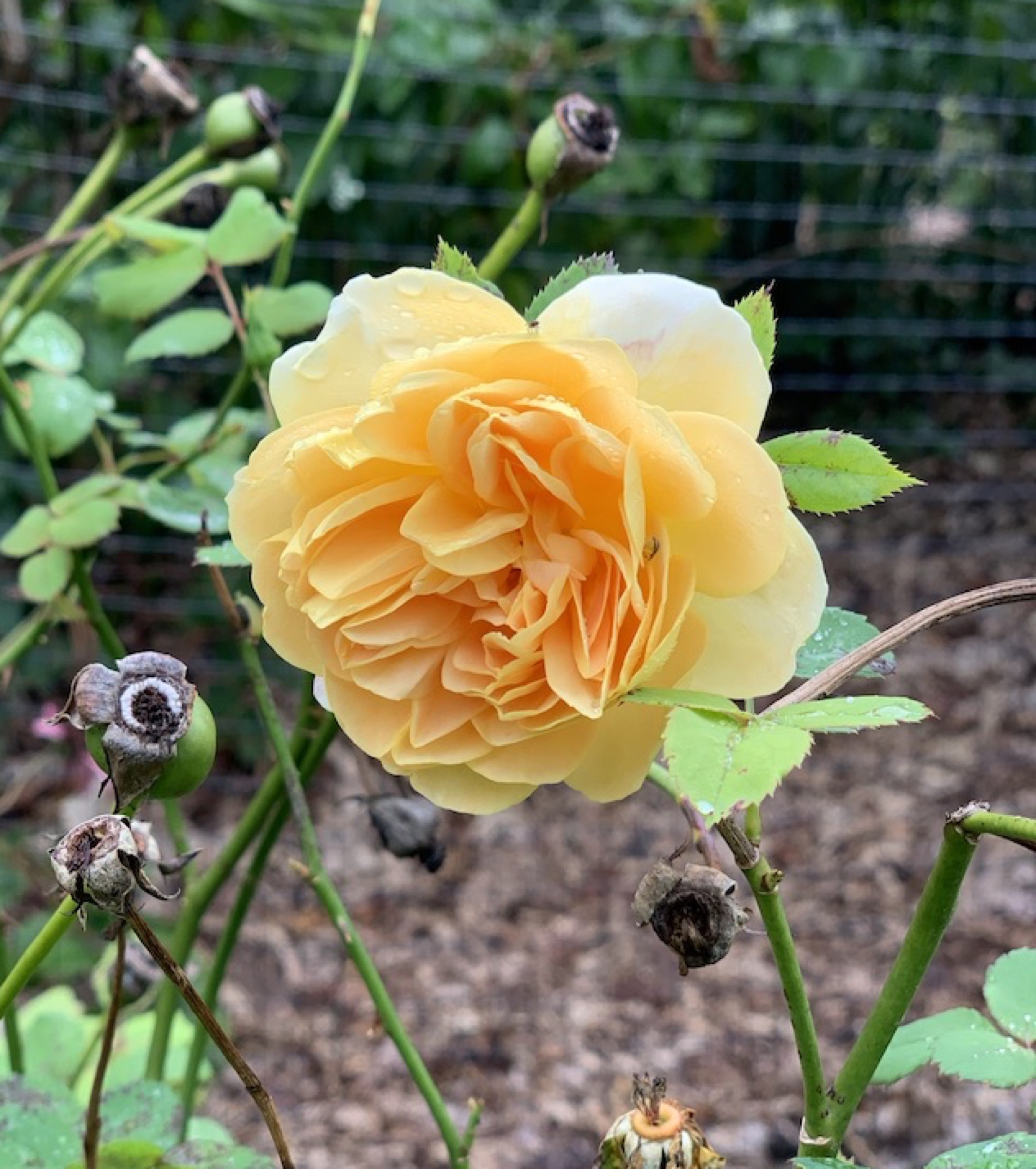SLEEP, MY FIGS
/5 Comments/in Fruit/by Lee ReichOptimizing Winter for a Fig Plant
For those of us who grow figs in cold climates, where winter lows reliably plummet below 10 degrees Fahrenheit, this time of year brings some nervous expectation. You want the buds to pop out and start growing, but not too, too soon.

Awakening!
Except for maritime climates, such as in the Pacific Northwest, where winters are what I term “coldish” rather than “cold,” figs need some sort of protection in truly cold winter climates. The challenge in maritime climates is using variety choice, pruning, and site selection to get fruit to ripen in the relatively cool summers. In these climates fig buds gradually unfold usually in synch with the gradual warming weather in spring.
Not so for protected figs in truly cold winter climates, whether plants are in a pot or in the ground, wrapped or buried. For directions here, allow me to excerpt my recent book, Growing Figs in Cold Climates: Read more
FINDING MY ROOTS
/0 Comments/in Houseplants, Pruning/by Lee ReichElbow Room and Food
What’s happening in the soil beneath your potted plants? Over time, roots fill up the pot so there’s little more room left for them to grow. And nutrients get sucked out of the soil or washed out by water.
I keep my potted plants hale and hardy with periodic repotting. This also gives me a look at the roots, which I always find interesting. (It was one area of my research when I worked for Cornell University.) If I see roots are pressed around the outside of the rootball, especially if traveling around and around it, they’re telling me they want out. A plant might also indicate its roots need more elbow room by looking like it’s ready to topple over. More subtle signs are potting soil that dries out very quickly, a plant hardly growing, or roots attempting escape out a pot’s drainage holes.
Rapidly growing plants need repotting yearly, especially when they are young; older plants and slow growers can get by with being repotting every two or three years. Some plants hardly ever need repotting, such as — looking around my collection — my amaryllis (Hippeastrum), bay laurel, hardy cyclamen, jade plant, aloe, and cactus.
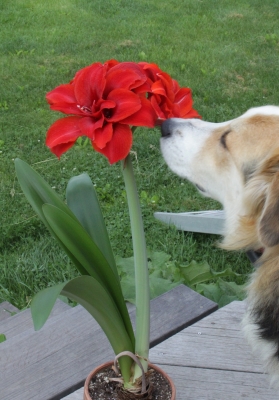
Amaryllis & Sammy
I wait to repot my ponytail palm until its bulbous base breaks open the pot it’s growing in; this happens about every 15 years. Same goes for my clivia.
Read more
TREES AND SHRUBS AND VINES, OH NO!
/16 Comments/in Gardening/by Lee ReichPlant Dreams
You’d think that after living in the same place for over 35 years and every year planting new trees and shrubs, that there would be nothing new for me to plant this year. Or, at least, no where to plant them. Well, t’ain’t so!
I’m now trying to wrap up getting anything I need in terms of plants or seeds for this growing season. Let’s see: Did I succumb to any of the enticements for new and wondrous plants mentioned online and in the slew of gardening magazines and nursery catalogues that appear almost daily in my mailbox?
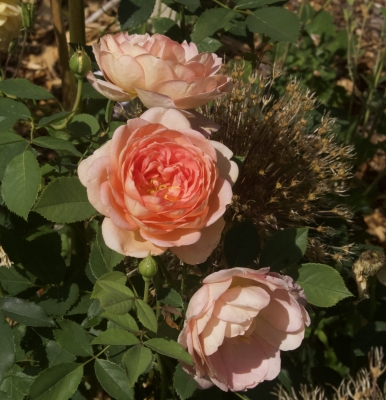
Lady of Shallot rose
David Austin roses, which have the pastel blooms and blowsy form of yesteryear’s roses, and the pest-resistance of present-year roses, are always a draw. But I have quite a few of them; do I have room for or need more of them? It’s cold here (or used to be), so I choose for beauty and hardiness, and, for an added attraction, fragrance. Among my favorites are Lady of Shallot, Dame Judy Dench, Golden Celebration, and LD Braithewaite. Read more

